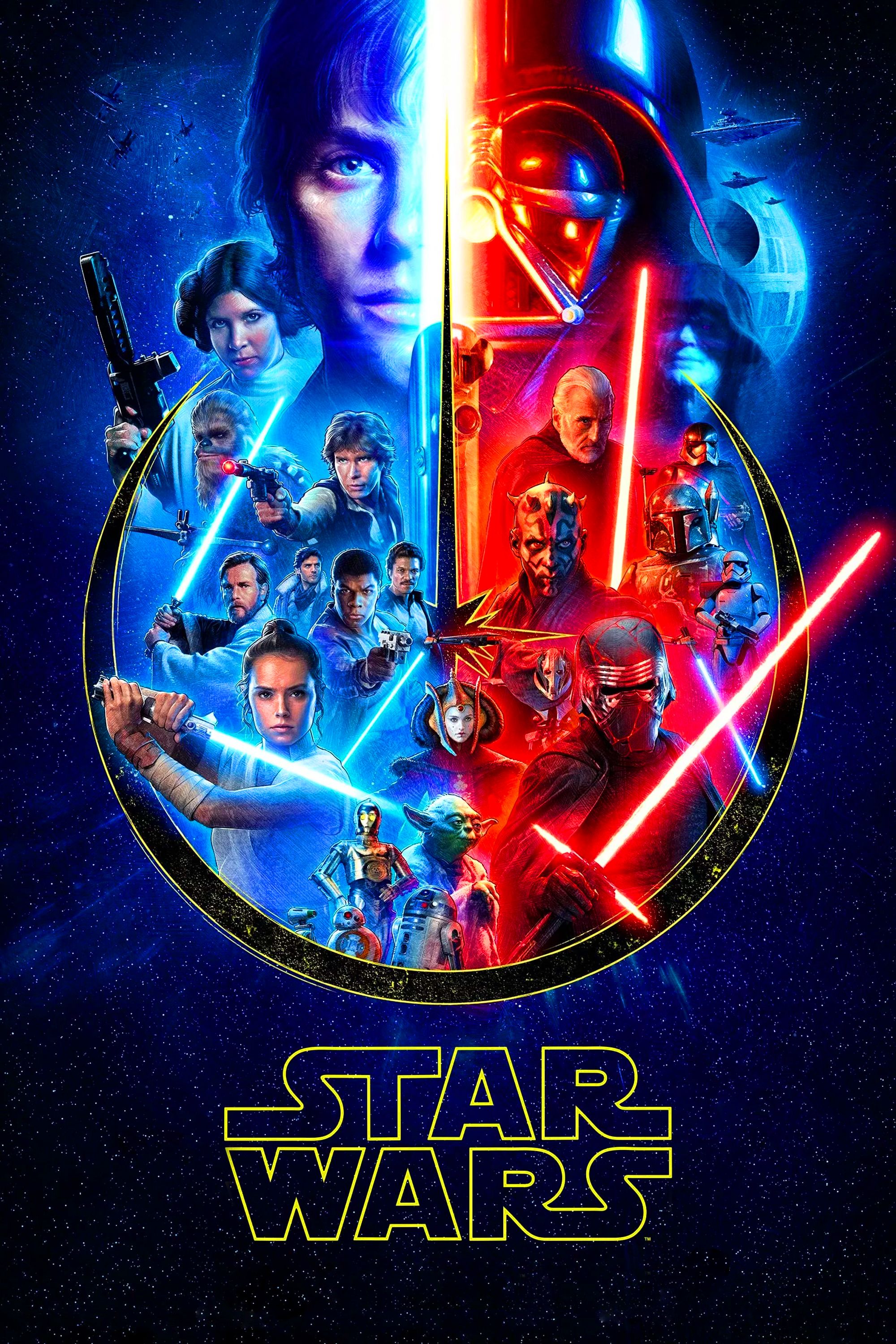Few Star Wars properties show how dangerous blasters truly are, but the franchise’s first movie – A New Hope – and the first film in the sequel trilogy – Star Wars: The Force Awakens – are among them. Blasters are one of the Star Wars galaxy’s most common weapons, firing pulses of irradiated explosive gas known as blaster bolts, which explode on impact with solid objects. Blasters may be ubiquitous, but certain types of blasters are more powerful than others, as shown by civilian models, which struggle against body armor while military-grade blasters easily burn through it.
Blasters work in Star Wars by including different firing modes, with “kill” being the most common setting but “stun” being a useful alternative for incapacitating targets. The most powerful blasters not only include multiple firing modes, but also adjustable power settings, which can significantly change the abilities of blasters. Typically, blasters set to kill are kept on low settings when used against living targets, but they are adjusted to much higher settings when used for suppressive fire or destroying obstacles. The Star Wars franchise rarely shows blasters being used on living beings while set to higher power settings.
A New Hope Shows How Dangerous Blasters Really Are…But Lucas Avoided A Repeat
Some of the few instances of higher-powered blaster bolts being used on sapient beings are found in A New Hope – originally known simply as Star Wars. During Han Solo’s standoff with the bounty hunter Greedo, Han blasts his would-be killer, creating a small explosion and leaving Greedo’s remains audibly sizzling. This grim use of a blaster makes the most sense in the film’s theatrical cut, with Han firing a blaster bolt through a table to hit Greedo, requiring a higher power setting.
Related
Star Wars Just Redefined the ‘Han Shot First’ Debate
The infamous “Han Shot First” debate is reignited in the new Star Wars canon comic series Han Solo & Chewbacca, this time with an unexpected twist.
During the shootout in the Death Star’s cell bay, Han, Luke, and Chewbacca fire higher-powered blaster bolts at security cameras and scanners, causing small explosions and making the devices melt. Given the fast pace of the shootout, Han and Luke, understandably, did not lower their blasters’ power while firing at Imperial military personnel. One bolt notably kills an Imperial Stormtrooper Corps Officer without hitting him directly, showing the larger area of effect of higher-powered blaster bolts.
Alan Dean Foster’s novelization of A New Hope describes blaster power adjustment and shows that a blaster set to maximum power can easily obliterate a fortified cell door, though it becomes highly dangerous for its wielder at that setting.
The Force Awakens Went Back To The High-Power Blaster Effect
Throughout the Star Wars franchise after A New Hope, it became extremely rare for blasters to be used against living opponents on any setting other than low power. High-powered blaster bolts are seen throughout the rest of the original and prequel trilogies, but typically against objects, as suppressive fire, or against droids. In the Legends continuity’s Star Wars: Clone Wars micro-series, clone troopers frequently use high-powered blaster bolts against Separatist droids, causing B1 and B2 units to explode.
Obi-Wan Kenobi kills General Grievous with a blaster set to a higher-than-usual power level. The bolts set the General’s exposed organs on fire.
For the first time in nearly 40 years, however, a live-action property depicted a high-powered blaster bolt’s effect on a sapient organic being in live-action. In The Force Awakens’ opening blaster fight on Jakku, Finn’s squadmate, FN-2003, is fatally struck by one of Poe Dameron’s blaster bolts, leaving him bleeding profusely and his armor extensively damaged. Poe’s blaster – on the same setting – later causes a sizable explosion when a bolt strikes an antenna.
Just How Dangerous Are Blasters Really?
On lower power settings, a blaster set to kill is extremely deadly already, but the weapons have devastating effects on objects when set to their highest power levels. While fleeing stormtroopers in Mos Eisley, Han Solo’s blaster destroys massive portions of the docking bay’s walls, sending the troops running for cover. In Cloud City, stormtroopers use suppressive fire on Luke Skywalker, blasting deep holes in a hallway’s walls that appear roughly the size of Luke’s head. On its highest power settings, a blaster would likely obliterate most of a humanoid.
In A New Hope’s novelization, a higher-powered blaster bolt leaves a stormtrooper’s head “a mass of melted bone and metal.”
In-universe, there is a simple explanation for why blasters are almost always set to a lower power when used against humanoids. Lower power settings consume less energy and blaster gas while remaining effective. The meta explanation is likely that using higher-powered blasters against humanoids would simply be too violent for the Star Wars franchise.
Upcoming Star Wars Movies | Release Date |
|---|---|
The Mandalorian & Grogu | May 22, 2026 |

Star Wars
Star Wars is a multimedia franchise that started in 1977 by creator George Lucas. After the release of Star Wars: Episode IV- A New Hope (originally just titled Star Wars), the franchise quickly exploded, spawning multiple sequels, prequels, TV shows, video games, comics, and much more. After Disney acquired the rights to the franchise, they quickly expanded the universe on Disney+, starting with The Mandalorian.

